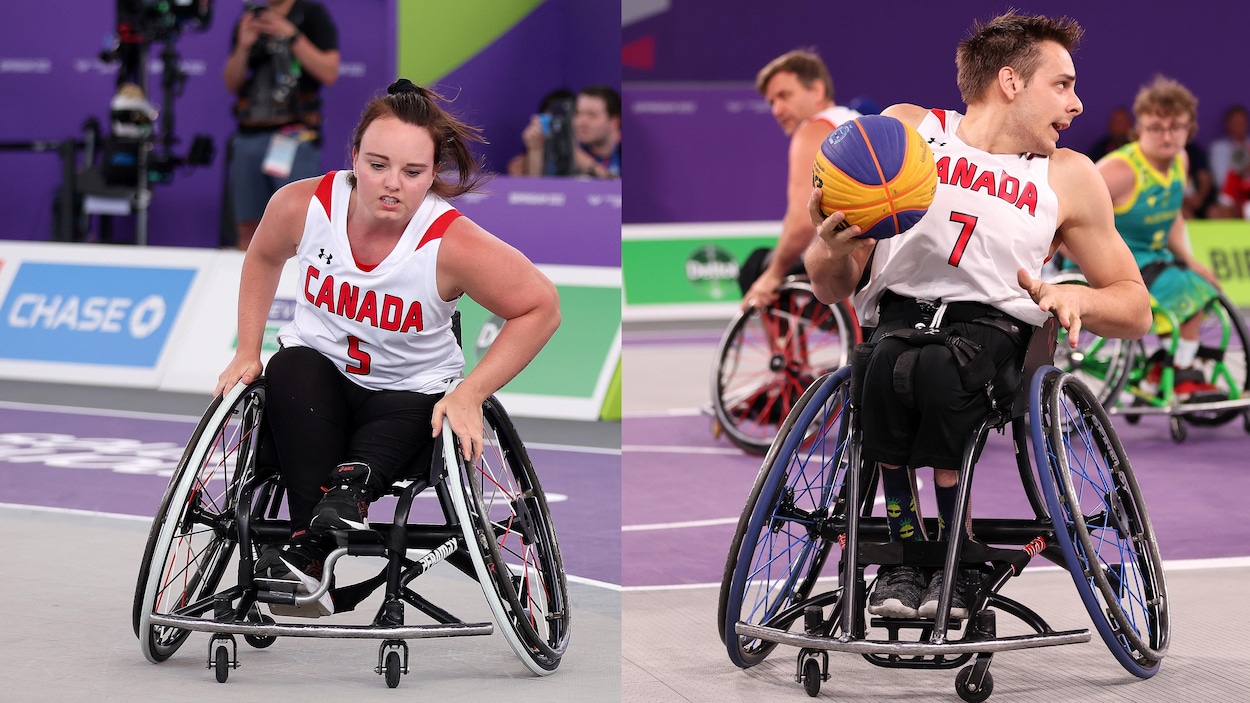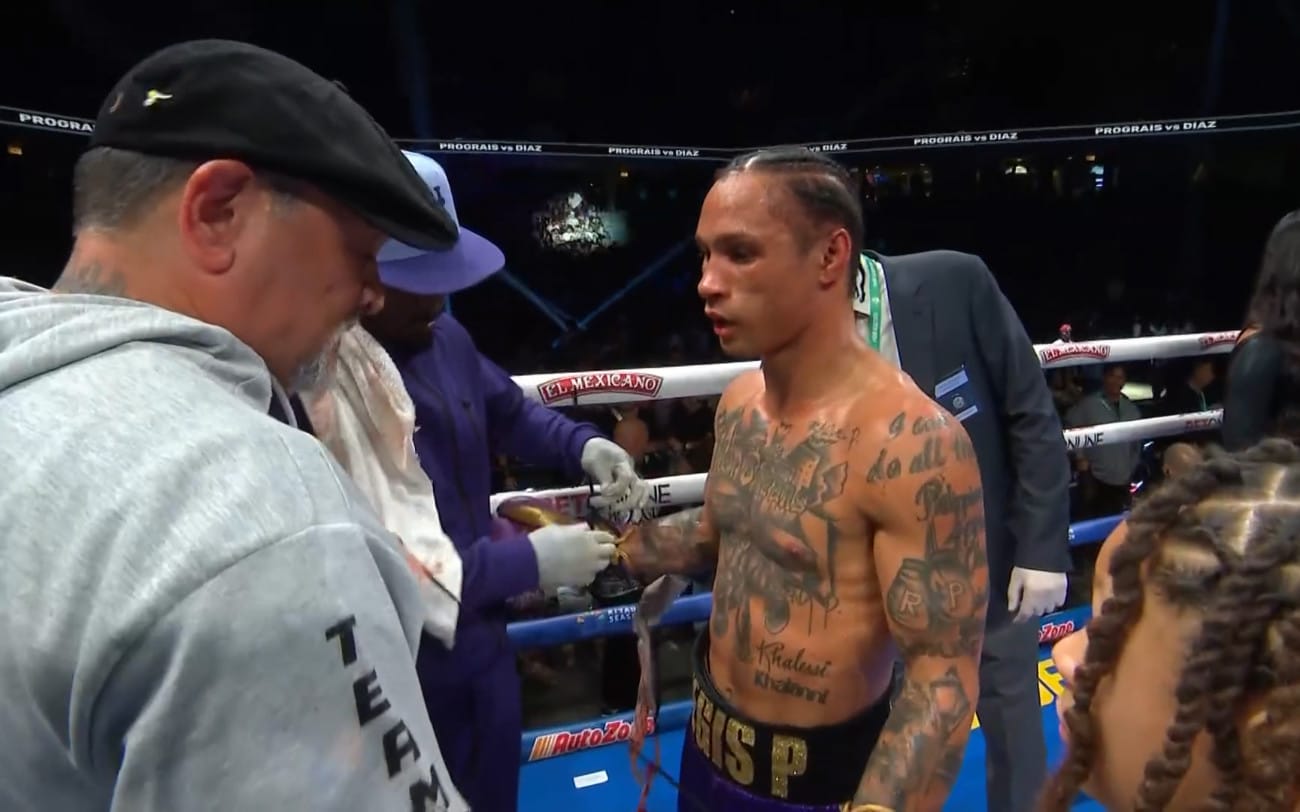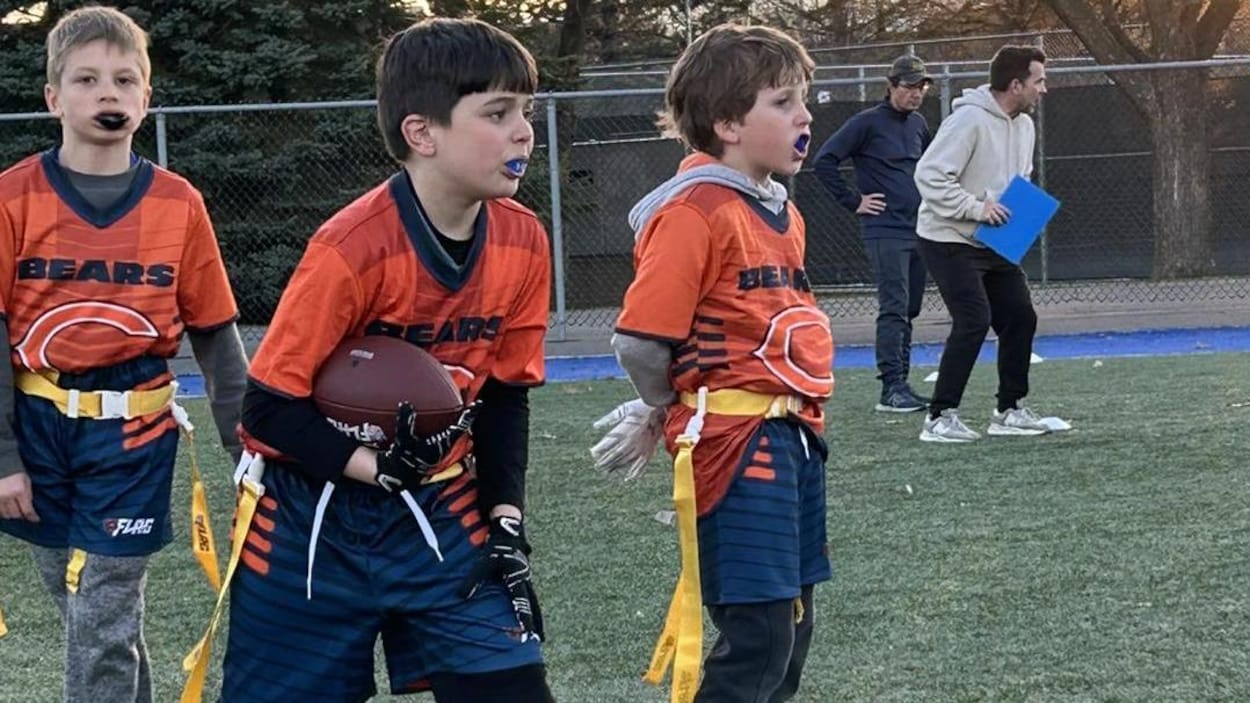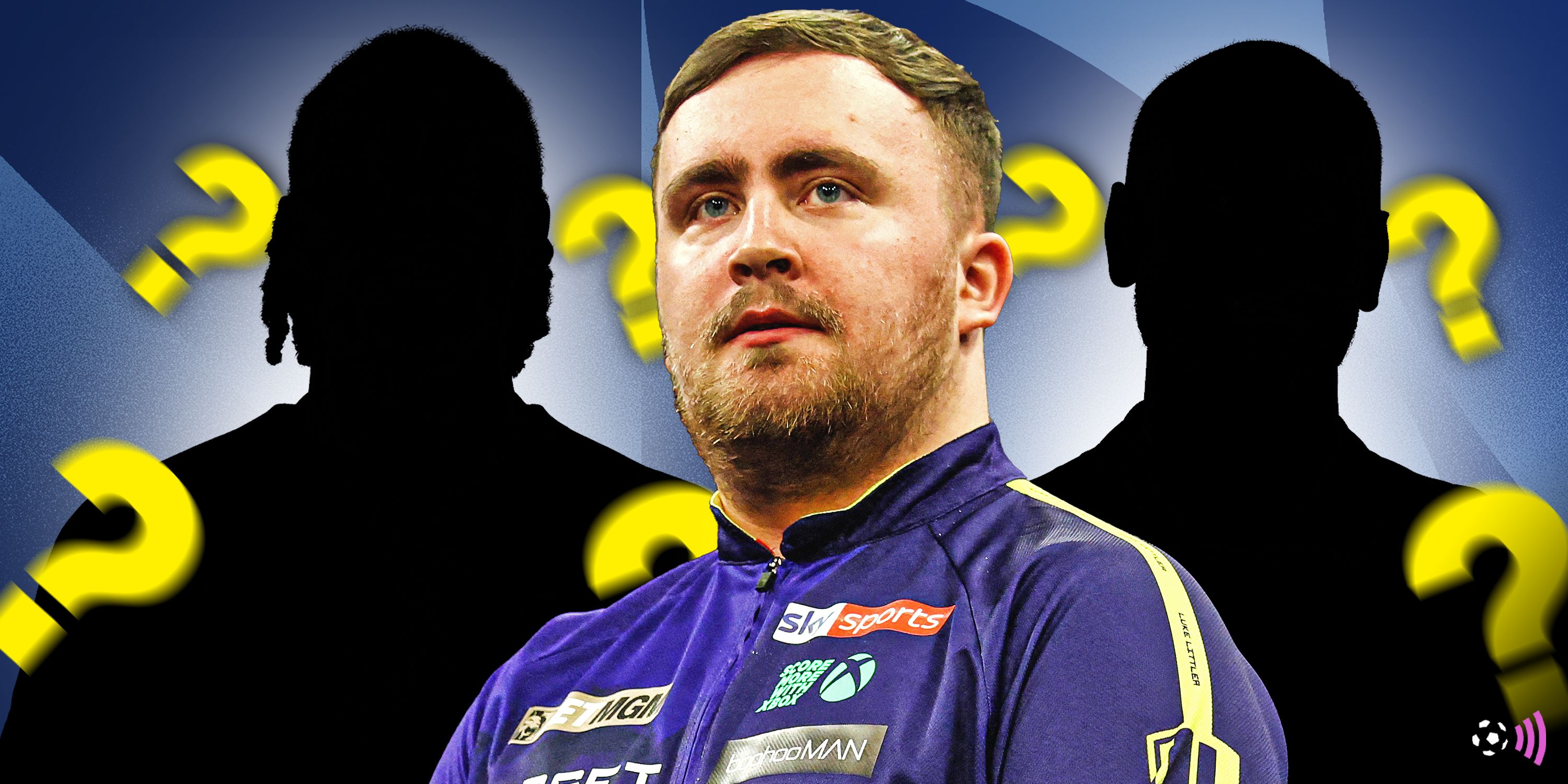PROTECT YOUR DNA WITH QUANTUM TECHNOLOGY
Orgo-Life the new way to the future Advertising by AdpathwayJoel Smith speaks on 12 reasons why athletes and coaches may hit a plateau in their performance programs. These include:
1. Lack of stimulation in the training environment
2. Too much stimulation in the training environment
3. Not enough creativity or novelty
4. Lack of a clear plan
5. Too much weightlifting
6. Not enough weightlifting
7. Monotony from failing to wave training loads
8. A lack of representative play and exploration
9. Deficits in skill learning
10. Programs that feel too constricting
11. Athletes not feeling truly seen or heard
12. Gaps in belief and motivation
In this episode, we’ll unpack these elements one by one, while also exploring practical methods coaches and athletes can use to break through these plateaus and unlock new levels of performance.
Today’s episode is brought to you by Hammer Strength.

Podcast: Play in new window | Download (Duration: 1:01:10 — 56.0MB) | Embed
Subscribe: Apple Podcasts | Spotify | Amazon Music | Android | Pandora | iHeartRadio | JioSaavn | Podchaser | Email | Deezer | Anghami | Youtube Music | RSS
View more podcast episodes at the podcast homepage. (https://www.just-fly-sports.com/podcast-home/)
Timestamps
1:10 – Lack of Stimulation in the Training Environment
3:18 – Too Much Stimulation in the Training Environment
6:00 – Not Enough Creativity or Novelty
7:36 – Lack of a Clear Plan
10:20 – Too Much Weightlifting
12:12 – Not Enough Weightlifting
13:44 – Monotony from Failing to Wave Training Loads
16:00 – A Lack of Representative Play and Exploration
18:25 – Deficits in Skill Learning
20:47 – Programs That Feel Too Constricting
23:00 – Athletes Not Feeling Truly Seen or Heard
25:03 – Gaps in Belief and Motivation
Actionable Takeaways
Lack of Stimulation in the Training Environment – [1:10]
Athletes disengage when training lacks challenge or relevance. Too many repetitive drills and static formats dull the nervous system and the mind.
What to try:
-
Use small-sided games or reactive drills to increase decision density.
-
Rotate training environments or sensory constraints to create novelty.
-
Avoid overly choreographed warmups—build something they have to solve.
Too Much Stimulation in the Training Environment – [3:18]
Overloading athletes with chaos, cues, or novelty can backfire. When there’s too much going on, meaningful adaptation slows down.
What to try:
-
Balance open tasks with periods of focused repetition.
-
Simplify instructions—set the environment, then observe.
-
Know when to back off and give space for consolidation.
Not Enough Creativity or Novelty – [6:00]
Without moments of surprise or exploration, athletes stop learning. Creativity sparks engagement—and often, better movement solutions.
What to try:
-
Add odd objects, uneven surfaces, or unconventional constraints.
-
Give athletes freedom within drills to explore variations.
-
Don’t aim for perfect reps—aim for meaningful reps.
Lack of a Clear Plan – [7:36]
Randomness without progression can feel chaotic. Athletes need to see where training is going—even if it’s nonlinear.
What to try:
-
Cycle phases between creative exposure and focused refinement.
-
Revisit key themes and skills, even in exploratory training.
-
Share your intent—clarity builds trust.
Too Much Weightlifting – [10:20]
Lifting can become a crutch when it overshadows movement quality or reduces time for skill and game-speed work.
What to try:
-
Trim down barbell volume in favor of transfer-driven tasks.
-
Use loaded movements that keep athletes grounded and aware.
-
Ask: Is this lift enhancing or muting athleticism?
Not Enough Weightlifting – [12:12]
Some environments undervalue lifting altogether, leading to gaps in tissue tolerance and general strength.
What to try:
-
Use tempo and iso-based lifts to build coordination and robustness.
-
Make lifting complementary, not competitive, with field work.
-
Keep it simple—progressive resistance is still powerful when done well.
Monotony from Failing to Wave Training Loads – [13:44]
Flat training creates flat adaptation. The nervous system needs contrast—different speeds, intensities, and patterns.
What to try:
-
Undulate task difficulty, complexity, and energy demands weekly.
-
Don’t force linearity—oscillation often creates better momentum.
-
Use fatigue to your advantage, not just something to avoid.
A Lack of Representative Play and Exploration – [16:00]
Training that doesn’t mirror the perceptual and reactive demands of sport fails to prepare athletes for the real thing.
What to try:
-
Use live, reactive elements in both prep and peak phases.
-
Let athletes interact—tag, chase, evade, redirect.
-
Match the rhythm of sport more than the posture of sport.
Deficits in Skill Learning – [18:25]
Skill requires feedback, timing, and variability—not just reps. Without these, athletes get stronger but not smarter.
What to try:
-
Provide scenarios where athletes adjust, not just execute.
-
Design sessions where errors are data, not failure.
-
Keep coaching cues minimal—let the task teach.
Programs That Feel Too Constricting – [20:47]
Rigid programming can sap motivation and limit self-organization. Athletes aren’t robots—they need room to adapt.
What to try:
-
Offer movement choices within a drill (e.g., angle, tool, tempo).
-
Use blocks of “open movement” or self-directed time.
-
If an athlete finds a better solution than you wrote down—use it.
Athletes Not Feeling Truly Seen or Heard – [23:00]
The best program in the world won’t land if the athlete doesn’t feel understood. Connection drives effort and honesty.
What to try:
-
Ask questions, then actually change something based on the answer.
-
Use eye contact, tone, and posture to signal you’re listening.
-
Reflect what you observe: “You looked smooth today—how’d it feel?”
Gaps in Belief and Motivation – [25:03]
When athletes don’t believe in what they’re doing—or in themselves—progress stalls. You’re not just building outputs, you’re building identity.
What to try:
-
Tie drills to game outcomes—make the link visible.
-
Highlight effort and progress, not just perfection.
-
Let athletes bring a bit of themselves into the session. That’s where buy-in lives.
Quotes
“When you don’t have enough stimulation, when the inputs are too low, you’re just not giving the body enough to work with to adapt to.”
“If the environment is too chaotic or too over-the-top, it doesn’t land. It just becomes noise.”
“I think some of the best learning happens when you don’t tell people what to do—you let them figure it out.”
“We tend to overprescribe, overcue, and overcontrol, especially when we feel pressure to ‘do something’ as coaches.”
“Athletes need to play. They need to interact. They need to make decisions in real time—not just follow orders.”
“If you’re not periodically changing things or introducing novel elements, people check out—even if they’re compliant on the surface.”
“You can’t just live in structure. If athletes don’t have autonomy or variation, their engagement drops.”
“Strength is valuable, but if it’s not coordinated, if it’s not applied in a meaningful way, it becomes noise.”
“Sometimes coaching is just knowing when to shut up and let the rep happen.”
“The more belief an athlete has in what they’re doing, the more likely it is to transfer. It’s not just about mechanics—it’s about meaning.”
About Joel Smith
Joel Smith is the founder of Just Fly Sports and is a sports performance and track coach in Cincinnati, Ohio. Joel hosts the Just Fly Performance Podcast and has authored several books and coaches in both the high school and private sectors.
Joel was a strength coach for 8 years at UC Berkeley, working with the Swim teams and post-graduate professional swimmers, as well as tennis, water polo, and track and field. A track coach of 17 years, Joel coached for the Diablo Valley Track and Field Club for 7 years and also has 6 years of experience coaching on the collegiate level, working at Wilmington College, and the University of Wisconsin, LaCrosse. He is currently coaching high jump at Milford High School.
Joel has coached 4 national champions, multiple All-Americans, and NCAA record holders in track and field. In the realm of strength and conditioning, his programs have assisted 5 athletes to Olympic berths that produced 9 medals and a world record performance at Rio in 2016.
Free Speed Training eBook - Velocity 101

Improving speed is one of the most popular topics in the athletic performance equation. Where there are many ideas and thoughts out there, as to particular training exercises, or setups, the more core aspects of speed training often go without mention. These include the fundamental aspects of what makes an athlete fast, specific sprint-power concepts, the relevance of "3D" motion, motor learning and more.
Velocity 101 will help you take a leap forward in understanding of what makes athletes fast, and how to train it effectively
Invalid email address
We will never sell your information and you can unsubscribe at any time.


 3 weeks ago
6
3 weeks ago
6
















 English (US) ·
English (US) ·  French (CA) ·
French (CA) ·